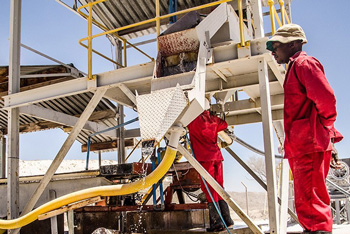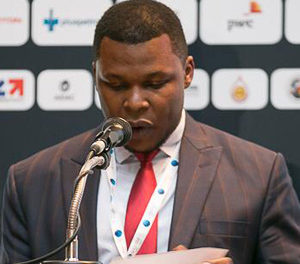
Hyphen issues update on planned Green Hydrogen project in Kharas region

One kilogram of hydrogen requires about 9 litres of water to produce implying that the Hyphen Hydrogen plant will need more than 3.2 billion litres of water per year once it is at full production of approximately 350,000 tonnes of hydrogen.
If it is situated in the Sperrgebiet, the current Tsau //Khaeb National Park, as stated by Hyphen in a project update issued this week, then the water demand will have a dramatic impact on the sensitive, arid desert environment.
Hyphen Hydrogen Energy announced that it will be taking up office space in the new Nedbank headquarters in the CBD, and that five Namibian have joined the Hyphen team including Toni Beukes as Environment, Sustainability and Governance Leader.
Commending the government for its commitment to the US$10 billion Green Hydrogen project, Hyphen stated that the composition and appointment of the government’s negotiating team have been approved by Cabinet in June. This team will engage Hyphen to finalise the implementation agreement which is the signal to start the front-end engineering and design phase.
The Hyphen Chief Executive, Marco Raffinetti, said “We’re very pleased at the commitment and rapid pace of progress that the Namibian Government has shown as we move to conclude the implementation agreement to enable us to start the next phase of the project.”
“Our project will put Namibia’s green hydrogen industry firmly on the global energy and decarbonisation map and position Namibia for rapid green hydrogen scalability,” he continued.
Meanwhile, Boston Consulting Group has been appointed as international strategic advisors and Lazard as financial advisors. The legalities will be driven by Slaughter and May, and ENS Africa in Namibia.
At full development, the Hyphen project will be designed to produce about 350,000 tonnes of green hydrogen per year before 2030 from 5 to 6 GigaWatt electricity generated from renewable sources and 3 GigaWatt of electrolyser capacity, a very energy intensive form of hydrogen production.
The two project partners, Hyphen Hydrogen Energy and the Namibian Government want to see construction start early in 2025 and the first phase commissioned roughly two years later at the end of 2026.












































